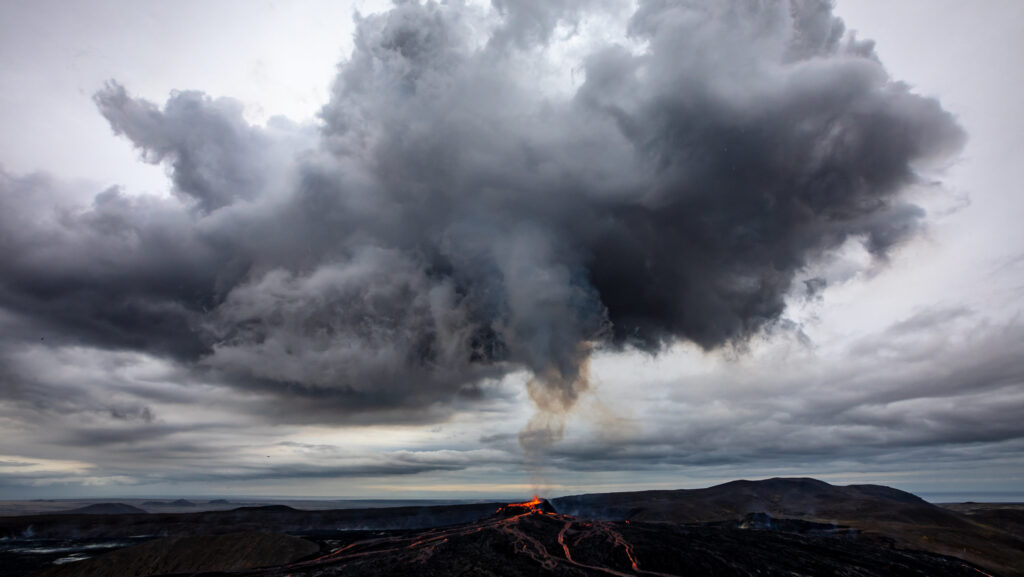Khushboo Malhotra
The second volcanic eruption in less than a month on the Reykjanes Peninsula in Iceland has forced residents to evacuate.
The eruption started just before 8:00 am local time on Sunday 14th January, following a series of small earthquakes in the region earlier that morning around 3:00 am.
Grindavík, home to approximately 4,000 residents, had already been evacuated in November 2023 due to a similar volcanic event.
Locals being urged to spare hot water as the lava goes over the old pipe and an underground pipe was hurriedly built, but it may not withstand the lava. Map from RUV. pic.twitter.com/V6evCErPN3
— Rob Askew (@RobAskew2) February 8, 2024
While no casualties were reported, the eruption inflicted significant damage to infrastructure and left several houses ablaze.
The Icelandic Meteorological Office raised the alert level to “emergency” for the potential threat posed to people, communities, property and the environment.
Response From Authorities
Grindavík’s mayor, Fannar Jonasson, raised concerns about the lava’s proximity to Grindavík, describing the situation as a “big and serious shock for the population,” as it breached defensive barriers built around it.
In a televised address, President Guðni Th. Jóhannesson assured the nation that no lives were in immediate danger due to the successful overnight evacuation.
He urged Icelanders to “stand together and show compassion for those who cannot be in their homes.”
The people of Grindavik have proven their resilience. It is a duty that befalls us all to ensure that they can continue to show themselves and others what they are made of […]
Read my full address to the nation in the wake of the Grindavík eruption: https://t.co/quKUgZo1WJ pic.twitter.com/gEyz5AnLIb
— President of Iceland (@PresidentISL) January 14, 2024
Prime Minister Katrin Jakobsdottir pledged coordinated efforts to address the crisis, stating” “Today is a black day for Grindavík and today is a black day for all of Iceland, but the sun will rise again.”
The volcano appeared less active on Monday, but the meteorological office warned of the high-risk area and the potential for new fissures to open without warning.

